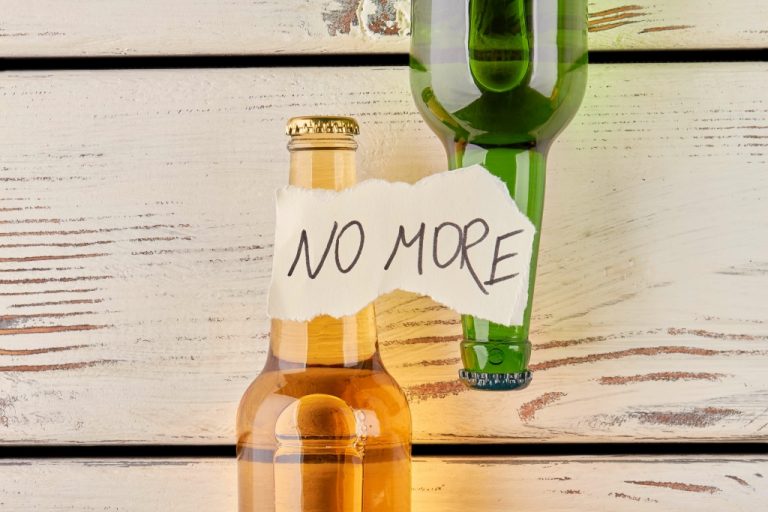The integrative approach ensures a more comprehensive and effective treatment plan for individuals in recovery. In conclusion, art art therapy ideas for adults in recovery therapy offers a unique and powerful approach to addiction recovery. By providing a non-verbal outlet for expression, fostering self-discovery, and promoting emotional healing, creative activities can play a crucial role in the recovery journey.

Art Therapy as a Complement to Traditional Recovery Methods
Art therapy, music therapy, animal therapy, holistic treatments, and adventure therapy can all impact someone’s motivation and feelings of safety while healing core wounds. Discover what creative but powerfully https://skmjb.com/nh-legalizes-public-drinking-of-alcohol-in/ transforming practices are available to you. New technology has transformed art therapy by introducing innovative tools and methods that enhance therapeutic practices and increase accessibility. Digital drawing and painting software like Adobe Photoshop, Corel Painter, and Procreate offer versatile virtual brushes, colors, and textures, making the creative process more engaging. Virtual reality (VR) provides immersive environments for clients to explore therapeutic scenarios safely.

How to set realistic goals during recovery
We do not receive any commission or fee that is dependent upon which treatment provider a caller chooses. The process may also include reflecting on or interpreting the art and discussing it with others. As Bill filled in the spaces with relaxed strokes of color, he felt his tension ease and his stress release. Creating art using natural elements like leaves, flowers, and stones can foster a connection to the environment and promote mindfulness. Creating and coloring mandalas can help promote relaxation and mindfulness, allowing individuals to find peace and clarity in their thoughts. Creating these structured patterns can feel relaxing, and you can even color them in with pens or pencils once you’re done.
- Dr. Wakim co-founded and served as the CEO of Transformations leading to a successful merger with Shore Capital in May 2021.
- In fact, this form of therapy is currently used in 36.8 percent of addiction treatment programs.
- In the end, the most beautiful work of art may be the transformed life of an individual who has found their way to recovery through the power of creative expression.
- The act of sculpting offers a unique way to channel the complexities of addiction recovery into a physical form.
How Does Art Therapy Aid in Addiction Recovery?
It provides a healthy outlet for releasing these inner experiences, and releasing them into the tangible world can result in a clean inner slate for creating your road map for the journey of recovery. Art therapy participants are also likely to experience an increased sense of self-esteem as they realize the existence of their inner artist. An increase in self-esteem fuels people to keep going when the road to recovery starts looking too long. Collaborative murals, group sculptures, or even community art installations can foster a sense of connection and shared purpose among individuals in recovery. These projects not only provide a creative outlet but also help build social skills and a sense of community. Techniques like visual storytelling and expressive art enable clients to externalize and explore painful experiences safely.
How Nature Therapy Can Aid in the Recovery Journey
- It can also help manage more challenging mental health conditions like schizophrenia, post-traumatic stress disorder, and bipolar disorder.
- It allows them to address and work through feelings such as sadness, anger, or fear, which are commonly entwined with their addictive behaviors.
- The Grove Editorial Team is committed to educating, supporting, and empowering individuals and families on their journey toward a healthier, substance-free life.
- Art therapy is a useful tool for many therapists looking to help patients work through complex emotions and thoughts through active art-making.
Coloring can be a meditative activity that helps teenagers feel more comfortable when opening up to a therapist. It’s also well-known that colors can reflect how a person feels—coloring during a session can reflect what a teenager is experiencing. Clay can be a sensory and satisfying experience for teenagers who enjoy working with their hands. Using clay to world-build inspires teenagers’ creativity while keeping them Sober living house focused on the present moment.
